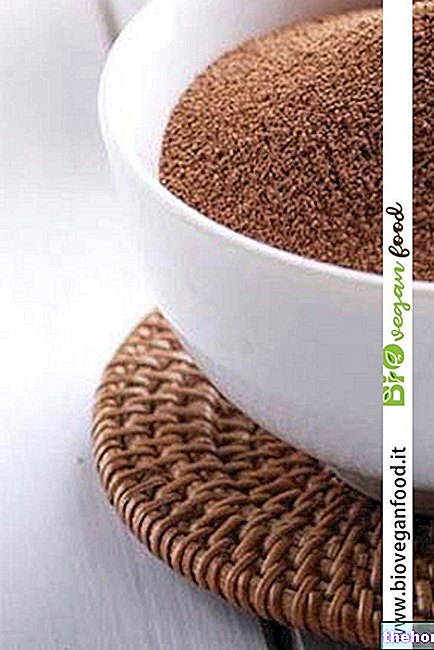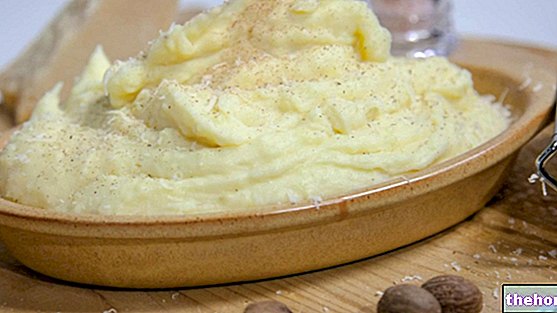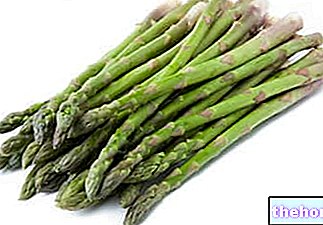Lupins
Lupins (or white lupins) are the fruits of an annual herbaceous plant, belonging to the Fabaceae (Leguminosae) family, Genus Lupinus, Species albus. The binomial nomenclature of the lupine is Lupinus albus.

Lupine seeds are of considerable size, not only in comparison to those of cereals, but also as regards other legumes; the only species that produces seeds of similar size is the broad bean. Lupins are deep yellow in color, with a disc-shaped and rounded shape, similar to a lens (just like a giant lentil). The pulp, which is edible ONLY when cooked, it is slightly grainy and cartilaginous, covered with an indigestible and particularly thick fibrous film.
Native to the Far East, the lupine plant brilliantly tolerates the Mediterranean climate; not surprisingly, in almost the entire basin there are more or less extensive crops of lupins, even if on average they represent a marginal agricultural solution (in particular when compared to the cultivation of cereals and other legumes, such as wheat, wheat turkish, rice, soy, peas and beans). To be precise, lupine plants, as well as those of other Fabaceae (eg. Broad beans), are able to favor the chemical improvement of the soil and are often exploited in crop rotations.
Lupine flour
Mainly used as a feed in the zootechnical field, lupine flour could be contextualised also in the human diet.
The gastronomic application of lupine flour essentially concerns the completion of wheat flours. By adding a percentage of this product it is in fact possible to: complete the pool of essential amino acids, increase total proteins, increase fiber, decrease total carbohydrates, decrease "glycemic index, increase iron and increase the intake of phytotherapeutic molecules. In summary, by consuming foods composed of 10% lupine flour (a quantity that still guarantees the activation of gluten and" possible leavening), it would be possible to obtain quite a few nutritional benefits.
It has already been shown that lupine flour has some therapeutic properties; the most consolidated are certainly the deworming and anti-helminthic one. As regards the other characteristics, still under study today, the alleged abilities (demonstrated on guinea pigs) stand out. of: reduce pathological hyperglycemia, improve pathological cholesterolemia and improve hypertension. After all, like soy, lupins are also excellent sources of choline (participates in the cell membrane structure and neurotransmission), phenols (antioxidants) , saponins and phytosterols (cholesterol-lowering molecules) [source: Technological and Nutritional Studies on Sweet Lupine Seeds and its Applicability in Selected Bakery Products].
Recall that lupins are however also rich in UNDESIRABLE substances, such as some alkaloids (wolf-toxin, lupanine and oscilupanine) and certain anti-nutritional compounds (inhibitors of lecithins and trypsin) etc. However, these are thermolabile compounds, which is why after cooking they are totally annihilated. It is therefore necessary to be careful to eliminate all traces of the aforesaid alkaloids, to avoid that the typically bitter taste remains; in general, this result can be obtained in the whole seed even by soaking it in brine. Unfortunately, following the heat treatment, even several USEFUL but thermolabile molecules (such as vitamins) are inexorably lost.
The details concerning the industrial production of lupine flour are not readily available. It is possible that it is produced by boiling the seeds, amaricandoli, dehydrating them, dehydrating them and finally grinding them. In this way, the lupins acquire edibility and pleasantness due to the inactivation of potentially harmful molecules, also responsible for the strong bitter taste of the raw seed.
As regards the nutritional aspect, among the vegetable ones, lupine flour is one of the richest in proteins; the peptides are of medium biological value and benefit from the association with cereal proteins. The flour also has a strong energy function, as there is no lack of complex carbohydrates (starch). Fibers, as in other legume flours, are abundant, while lipids (even if characterized by a good breakdown of fatty acids), are not very significant.
As for the ashes, lupine flour is rich in it. The minerals of greatest nutritional importance are potassium and iron. Regarding vitamins, however, there is a good concentration of thiamine (see B1).
Other Foods - Legumes Peanuts Chickpeas and Chickpea Flour Cicerchie Beans Azuki Beans Green Beans Broad Beans Falafel Chickpea Flour Bean Flour Bean Flour Lentil Flour Pea Flour Soy Flour Legumes Lentils Lupins Peas Soy Jackdaws Tempeh Tofu Yogurt ARTICLES Soy OTHER Categories Alcoholics Meat Cereals and derivatives Sweeteners Sweets Offal Fruit Dried fruit Milk and derivatives Legumes Oils and fats Fish and fishery products Salami Spices Vegetables Health recipes Appetizers Bread, Pizza and Brioche First courses Second courses Vegetables and Salads Sweets and Desserts Ice creams and sorbets Syrups, Liqueurs and grappas Basic Preparations ---- In the Kitchen with Leftovers Carnival Recipes Christmas Recipes Diet Recipes Light Recipes Women's Day, Mum, Dad Functional Recipes International Recipes Easter Recipes Recipes for Celiacs Recipes for Diabetics Recipes for Holidays Recipes for San Valentino Recipes for Vegetarians Recipes p roteiche Regional Recipes Vegan Recipes

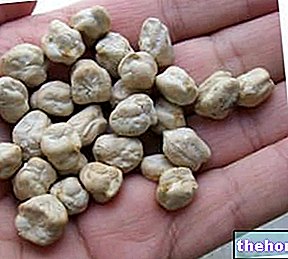

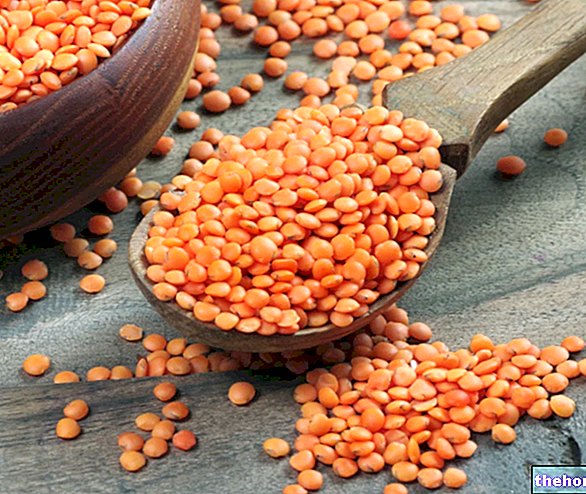

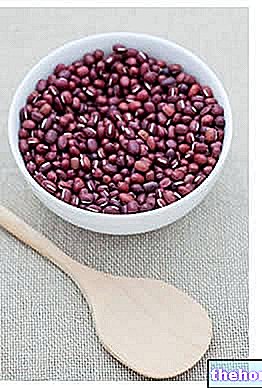
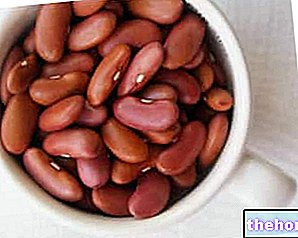





.jpg)

